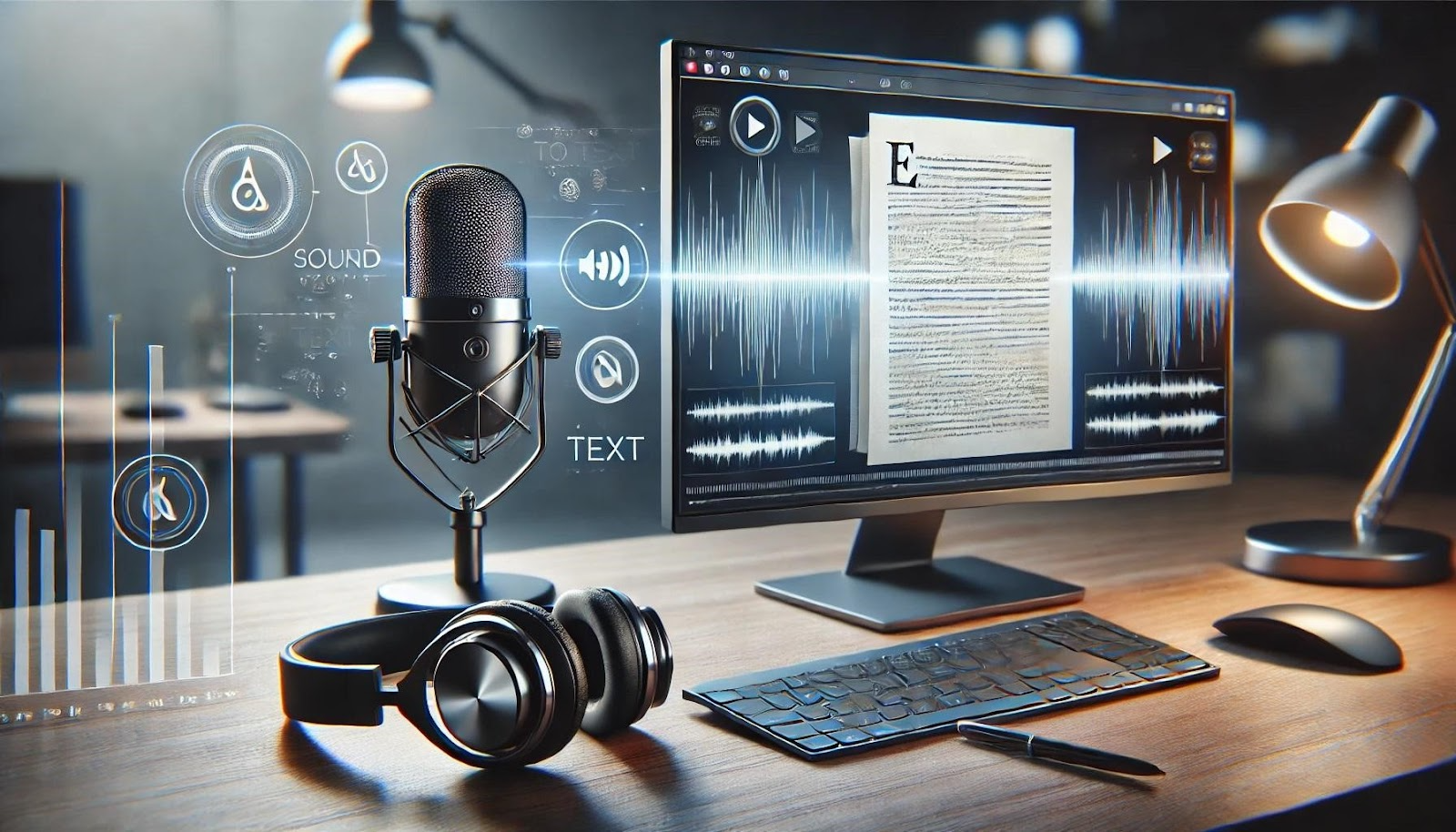
In the age of digital transformation, journalism has seen a rapid evolution in tools and techniques that support faster, more accurate reporting. Among the most impactful innovations is the journalism audio transcription tool, which has become a vital asset for news media professionals. From interview transcription to real-time press conference documentation, transcription is transforming how journalists gather, verify, and present the news.
The Growing Role of Audio Transcription in Journalism
Audio transcription—the process of converting spoken words into written text—is now deeply integrated into newsroom operations. Whether reporters are covering politics, crime, business, or human-interest stories, using a news interview transcription service allows them to focus on the content instead of manually replaying audio recordings.
This technology streamlines the handling of interviews, press statements, and field recordings, ensuring journalists work more efficiently and with greater accuracy.
Improving Interview Accuracy and Quote Integrity
One of the most critical areas where transcription proves its value is in interview transcription. Capturing conversations with complete accuracy helps preserve the integrity of quotes and minimizes the risk of misrepresentation.
● Ensures precise attribution of quotes
● Reduces time spent listening to audio repeatedly
● Supports editorial review and approval processes
● Enhances transparency and accountability in reporting
For journalists handling sensitive topics or high-profile subjects, having a written transcript adds a layer of protection against misinterpretation.
Capturing Press Conferences and Breaking News in Real Time
Journalists often attend fast-paced press conferences or respond to breaking news events where recording every word accurately is a challenge. Transcription tools allow for:
● Complete and searchable transcripts
● Quick turnaround for news stories
● Easy identification of key statements from multiple speakers
This is particularly useful when statements need to be referenced later for updates or follow-up reporting.
Strengthening Fact-Checking and Source Verification
In an era where misinformation spreads rapidly, transcription enhances a newsroom’s ability to fact-check and verify sources effectively. With transcripts available, journalists can:
● Cross-check audio with written records
● Validate quotes and timelines
● Support investigative work with reliable documentation
Written transcripts serve as a permanent record that can be used in editorial meetings or to support legal and ethical compliance in journalism.
Streamlining Workflow in Deadline-Driven Environments
Time is a constant constraint in newsrooms. Transcription technology helps optimize workflow by automating what was once a labor-intensive task.
● Speeds up the writing process
● Enables faster editing and collaboration
● Supports remote teams with shared access to transcripts
● Reduces human error in capturing audio manually
News teams working across different locations or covering multiple events simultaneously benefit significantly from this streamlined process.
Practical Examples of Industry Use
While many media organizations are adopting transcription to modernize their workflows, the key applications are consistent across the industry:
● Interview Archiving: Journalists maintain searchable records of past interviews to revisit for future stories.
● Quote Collection: Editors and writers can highlight and reuse verified quotes without replaying audio.
● Legal Protection: Transcripts serve as evidence in disputes over content accuracy or attribution.
● Multilingual Coverage: Teams working in global environments use transcription to bridge language gaps and ensure accurate translations.
Actionable Strategies for Newsroom Productivity
To fully benefit from audio transcription technology, newsrooms can adopt these strategies:
Make transcription a routine part of story development, from interviews to final edits.
Ensure reporters and editors know how to annotate, search, and extract relevant content from transcripts efficiently.
Maintain a searchable database of transcripts for long-term use and editorial reference.
For global reporting or video journalism, integrate transcription with language services and captioning to reach broader audiences.
Conclusion
Audio transcription is no longer a luxury—it’s a necessity in today’s fast-paced, accuracy-driven journalism landscape. By converting spoken content into reliable text, transcription empowers journalists to produce well-documented stories, meet tight deadlines, and uphold the highest standards of truth and transparency.
For modern newsrooms seeking to improve productivity and accountability, audio transcription is a transformative tool that continues to redefine how journalism is practiced and delivered.